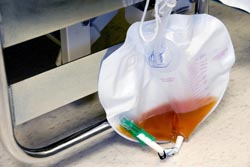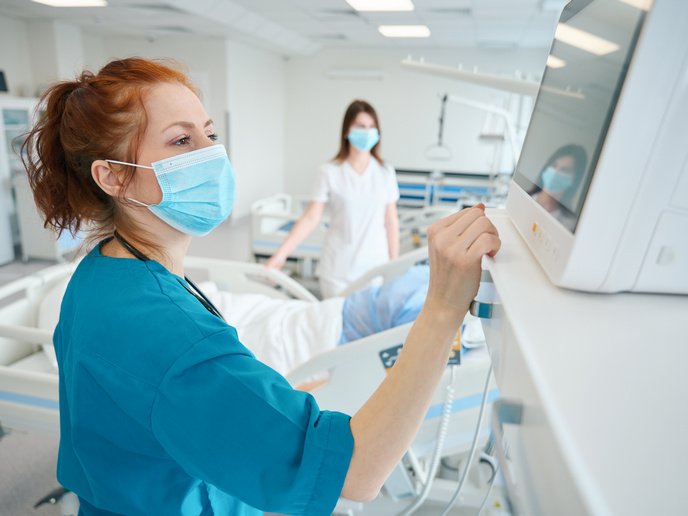Preventing urinary tract infections
Infections from indwelling catheters occur when the external or internal catheter surface is contaminated with urinary protein film formation facilitating bacterial attachment and biofilm formation. Contamination via the external route has been successfully prevented by impregnating catheters with hydrogel–silver films or antibiotics along with an oral dose of antibiotics. Unfortunately, clinicians have been unable to prevent infection via internal contamination in catheters. The EU-funded SAFE CATHETER project successfully resolved this issue by devising a cost-effective and ingenious retrofit system. This device is incorporated within the external tube connecting the catheter and the urine bag. Its design prevents bacteria from migrating into the catheter, thus preventing the infection-causing bacterial biofilm from reaching the patient's bladder. Project members coated a thin film of photocatalytic titanium dioxide (TiO2) on a plastic substrate. This thin film can be triggered or stimulated with ultraviolet (UV) light-emitting diodes (LEDs) in the device. These LEDs have the advantage of requiring small coin batteries to operate that are inexpensive and readily available. A possible upgrade is the use of visible light LEDs instead of UV LEDs. The innovative SAFE CATHETER device proved to be anti-bacterial and effective in laboratory conditions in preventing biofilm formation. Device commercialisation will reduce catheter-associated UTIs and associated hospital mortality. In turn, this should reduce economic burdens resulting from lost work days and prolonged hospital stay.







